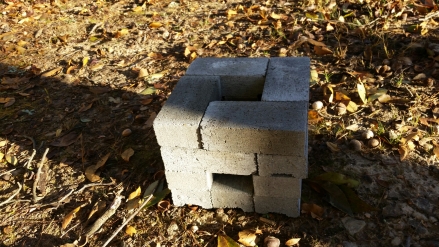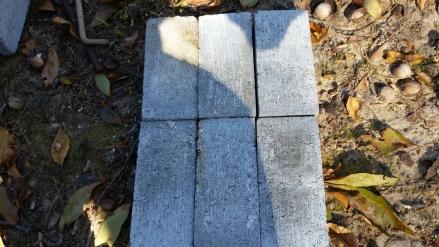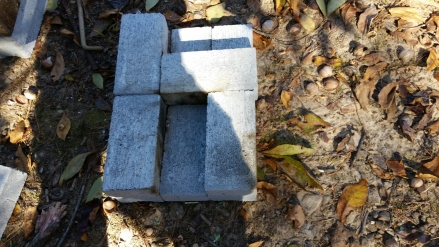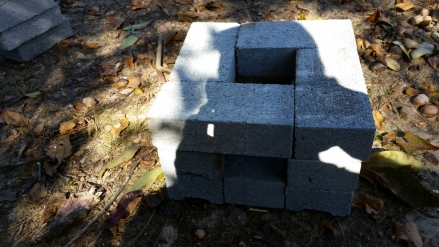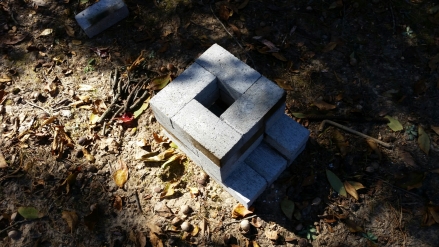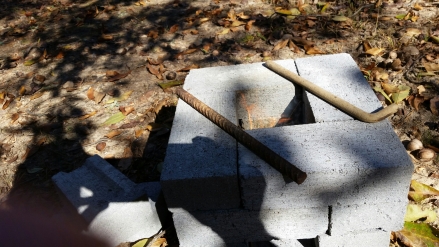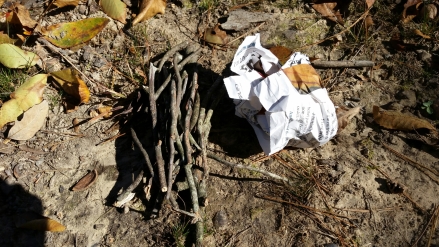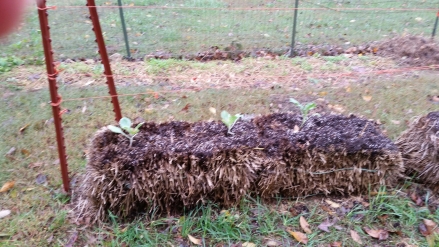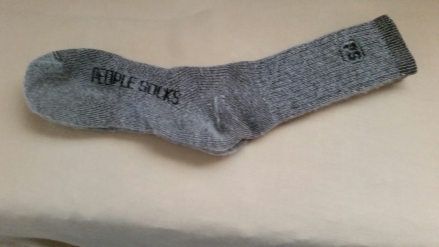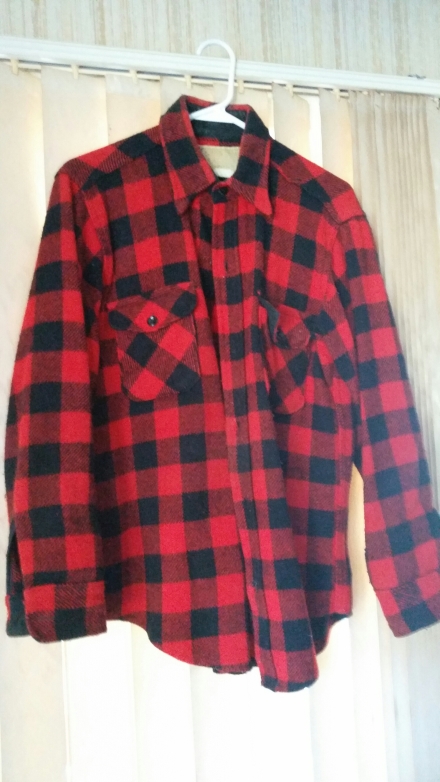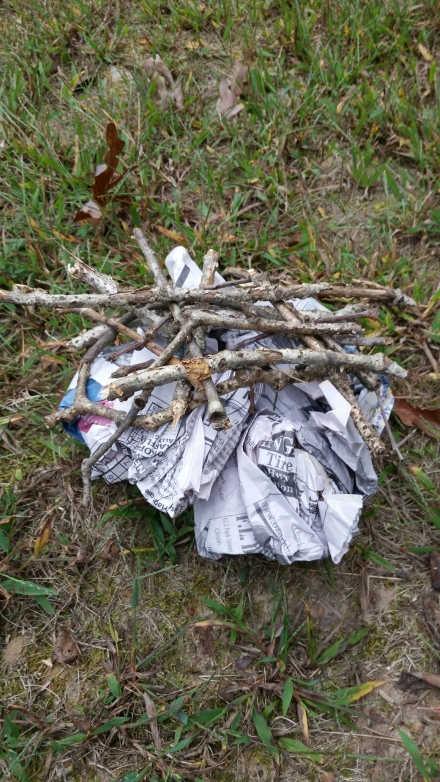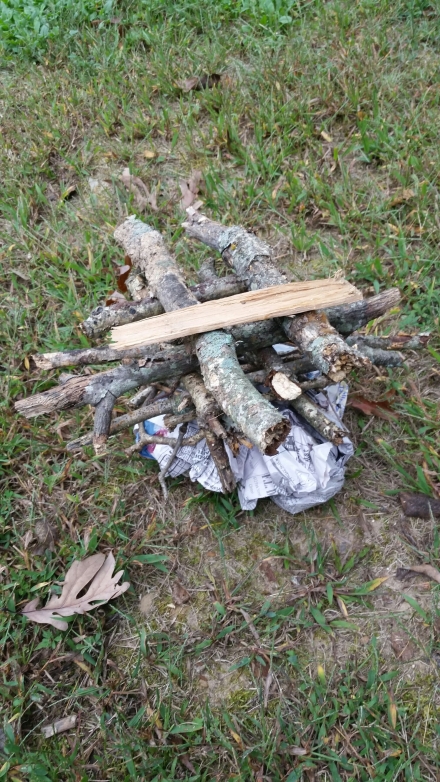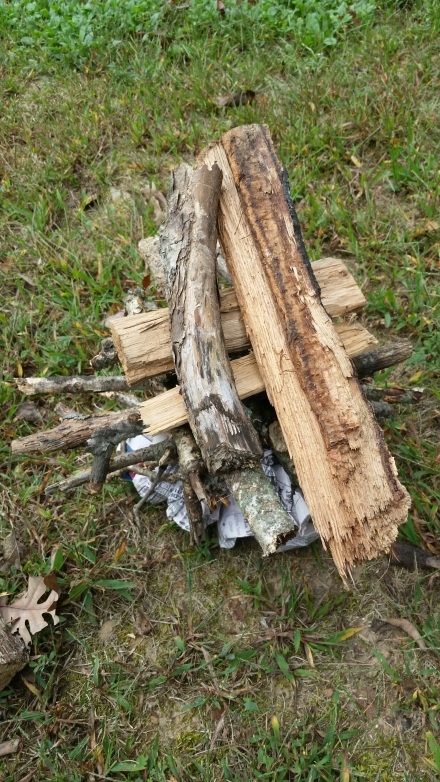What you will find in this post:
· What success is…and isn’t
· How success relates to survival
· How successful people succeed
Note: This is another of my “backward” articles, written to enable each reader to get the information needed as fast as possible. This also lets you evaluate the article faster, to determine if it fits your interests. Your time is valuable. Feedback is welcome.
Conclusion:
Success is what you think it is; the attainment of what’s important and satisfying to you. For most folks, it may well be a combination of accumulating money, eminence, and the satisfaction of benefiting others. Only you can determine what success is for you.
Success relates to survival in two direct ways:
1. Being successful in your work and personal life, by using Pareto’s Law will result in a net profit of time that can then be devoted to preparing to survive a disaster, without shorting other responsibilities. When applied to your finances, it can free up money to cover the expense.
2. The same activities that promote success in business and at home can be applied to successful surviving (highly recommended).
The Principle:
The best principle that will work here is Pareto’s Law, otherwise known as the 80/20 principle. I suggest that you implement it using a simple step-by-step method because it is a law of nature that is at work in your business, personal relationships, your finances, even the foods that you eat. You can harness this power to great benefit. This natural law will empower you to eliminate all time wasting, as well as activities that are not cost effective. It will also enable you to identify those activities. This law will set you free and free up an amazing percentage of time that typically results in frustration and anxiety.
The Details:
A suggested method of implementation that I recommend is one that I learned recently from James Clear, in Entrepreneur Magazine http://www.entrepreneur.com This method is to not focus on goals. Mr. Clear cites reasons such as discouragement as his reason to implement and focus on a system to reach your desired outcome, instead of fixating on goals. As examples he shows that the writer’s system is to follow the schedule he or she sets for the accomplishment of the goal, and how a person who wants to run a marathon will focus on his or her training schedule and let the results fall into place, which will, if planned correctly, be the accomplishment of the goal. Here’s the link for the article. http://www.entrepreneur.com/article/230333
A person whose vision of success is limited to the acquisition of fame and fortune may well resort to unsavory tactics to bring his desire to fruition; think mafia bosses, drug cartels, etc. Such success, in my opinion, is not success at all for moral reasons, and because, as Malcolm Gladwell points out in his book The Tipping Point, all good things have a limit to their being good. For example, increased income is good up to the highest point that it doesn’t restrict or interfere with other important aspects of life, such as family life. When it does start to interfere with other aspects of one’s life, the goodness of the increase begins to diminish, and the benefit diminishes in proportion to its cost in other things of value.
By default, and through (skewed?) human nature, the world teaches us that success is measured in money and power over other people. After all, as an example, the rich guys are the ones who get elected to powerful positions; they are publicly revered above the rest of us and usually prove to the masses that they are unworthy of the power entrusted to them. Surely, there is a better measure of success.
As I stated above, success is what you think it is. Webster’s Dictionary’s definition is: “favorable or desired outcome; also the attainment of wealth, favor or eminence.” Any of those things can be good, or any of them can be bad. It all depends upon our attitude towards them.
Most people that I talk to think of success as a combination of the three. They say that wealth is necessary to acquire the things that they need and want, and if they didn’t spend so much time making money, they could succeed in other ways. This suggests to me that most folks’ idea of success is to have more than enough money to just “get by,” while still having enough time to meet their family’s needs and desires abundantly and to tend to their own personal needs and desires. Such a balanced outlook, backed up by an organized plan for its attainment can avoid going over the “Tipping point” in any area, avoiding the law of diminishing returns.
Malcom Gladwell’s “Tipping point” is really an (unwitting?) explanation of the results of Pareto’s Law, the 80/20 Principle. Pareto’s Law says that 20% of your effort produces 80% of your results, and that if you zero in on the 20% that produces the 80% of results, you have almost maximized your benefit. Once you have identified and focused your activity on the super producing 20%, in most cases, you could skip the 80% of effort that produces poorly, or you can then apply the materiel and attention that makes the super producing 20% so effective to the remaining, or parts of the remaining under producing 80%.
The 80/20 principle is so obvious that you have probably observed it, but haven’t realized that it is a law of nature, that it affects you, and that it occurs almost everywhere. If you are a business owner who has ever said “If I could have 3 more employees like Sue, I could meet my customers’ needs in much less time,” or if you have tasks that you like because they consistently produce great results, but other tasks seem to be a bottleneck, you have experienced the 80/20 principle. If you have noticed that you have 10 rooms in your house, but do almost all of your living in 2 or 3 of them, you have noticed the 80/20 Principle.
Pareto’s Law applies in business to inventory, employees, thieves, shelf space, customers, suppliers. It applies to virtually every aspect of business. At home it applies to the space you have, compared to the space you use, to the food in your pantry, the utilities you use, the clothes in your closet, the time you spend with loved ones, etc.
Now, please realize that the numbers 80/20 can vary. Sometimes it’s 60/40, it can be 75/25 and occasionally you may find a 90/10 combination. As an example, I ran the numbers on the readership of this blog and found that 62% of my traffic occurred on Tuesday, Wednesday and Thursday and that only 38% of traffic came on the other 4 days of the week. That’s basically a 60/40 imbalance. By the days of the week that also means that 62% of traffic visits here during 42% of the available time. That tells me that, as a minimum I can effectively service most of my readers by publishing only 42% of the time, compared to the maximum possible.
What did I do with that information? I reduced my work load by reducing my postings to the three most effective days. What have the results been? A 44% increase in readership! I did that without depriving even a single reader, because if someone can only schedule time for this blog on one of the less productive days, they can still get the articles when they are ready for it. This illustrates Pareto’s Law, in that I was able to reduce my workload, by focusing on and nurturing only the 40% that produces 60% of results, in 40% of the time I was using. That nets me an additional 60% of that time for other activities of my choosing.
The correlation of Malcolm Gladwell’s “Tipping Point” to Pareto’s Law is that I receive the increase of a good thing, without exceeding that tipping point of diminishing returns. I am working less and benefiting more! The savings of 60% of the time I used to put into this blog adds up to 8 ½ hours per week saved! That’s what most people consider a whole workday, plus lunchtime saved!
You can also catapult yourself to success by observing, studying and applying the 80/20 Principle in your life. While most teachers of this principle give great instruction on Pareto’s Law and tell you what to do, as I have here today, if you will read 2 of my recent posts: 4 Reasons People Don’t Prepare to Survive & How to Fix It, and How & Why to Think Inside the Box, you will find that I also give you tools to help you plan and chart your course, as you begin to profit from this principle that is so obvious, yet so unknown. Using this principle, combined with a plan and an applied, organized system is how some successful people succeed.
What have your experiences been with Pareto’s Law?
Have you discovered that it also works within itself and grows exponentially?
I hope this has made your day better, Ozark Mountain Bob
